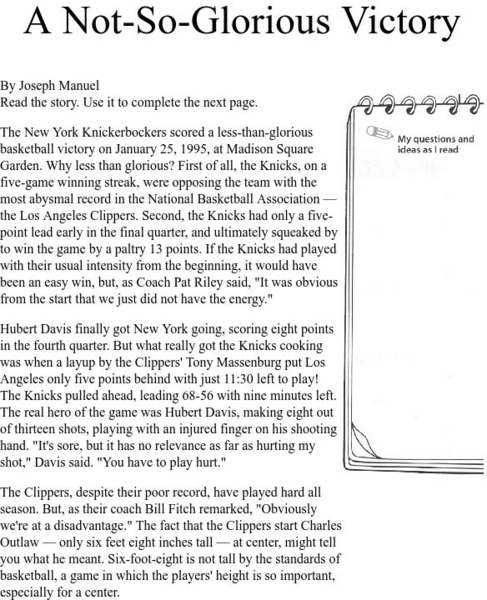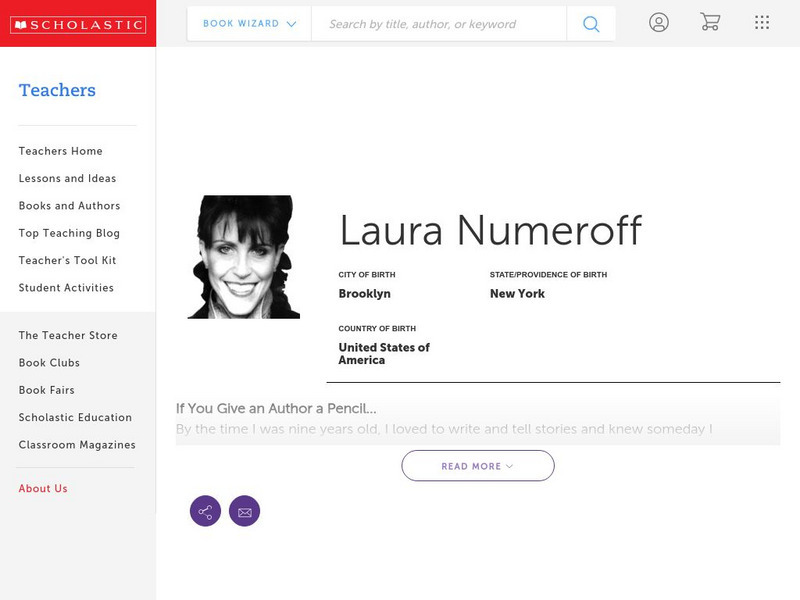Read Works
Read Works: Place in Space
[Free Registration/Login Required] A literary text that asks the reader to make predictions about a girl named Eva who is lifting off on a space ship. A question sheet is available to help students build skills in reading comprehension.
Arizona State University
Arizona State University School of Life Sciences: A Nervous Experiment
How do you know when your hand touches something? How do you know if something brushes against your shoulder? Think about your fingertip, arm, and back. In which of these places might your nerves be closer together? Review the concept of...
ReadWriteThink
Read Write Think: Integrating Language Arts: If You Give a Mouse a Cookie
This lesson integrates reading, writing, listening, and speaking to boost students' comprehension skills. Students explore Laura Joffe Numeroff 's If You Give a Mouse a Cookie using a variety of techniques, beginning with a picture walk...
Sophia Learning
Sophia: Reading Strategies: Tutorial
In this slideshow tutorial, students will review different types of reading strategies to promote comprehension of text. The strategies included are the following: making predictions, visualizing, questioning the text, retelling,...
Read Works
Read Works: Predicting Kindergarten Unit: Repeated Text
[Free Registration/Login Required] Lesson uses The Very Busy Spider by Eric Carle to teach students predict the outcome of a story with textual repetition. Ideas for direct teaching, guided practice, and independent practice are...
Read Works
Read Works: Predicting 1st Grade Unit
[Free Registration/Login Required] A two-instructional activity unit designed to teach students to make predictions and support them with details from the text. Lessons are based on the books Wemberly Worried by Kevin Henkes and No Roses...
Read Works
Read Works: Predicting 3rd Grade Unit
[Free Registration/Login Required] This is a lesson designed to teach students to make predictions based on relationships between characters. The lesson is based on the book Soupy Saturdays with the Pain and the Great One by Judy Blume....
Read Works
Read Works: Predicting 2nd Grade Unit
[Free Registration/Login Required] A series of three lesson plans designed to teach students to use textual clues and prior knowledge to make predictions and revise incorrect predictions. Lessons are based on the books The Stories Huey...
Read Works
Read Works: Predicting 4th Grade Unit
[Free Registration/Login Required] A two-lesson plan unit focused on students making predictions using details from the text found in Marvin and the Meanest Girl by Suzy Kline, and making predictions within a historical context in the...
American Museum of Natural History
American Museum of Natural History: O Logy: Fighting Dinos: New Discoveries
A virtual investigation surmising how two fighting dinosaurs died in the Gobi Desert.
Read Works
Read Works: 1st Grade Unit: Supporting Predictions
[Free Registration/Login Required] A lesson utilizing the book No Roses for Harry! by Gene Zionin in which students make a prediction and then support it with details from the text. Ideas for direct teaching, guided practice, and...
Sophia Learning
Sophia: Making Predictions
Notes on using the reading strategy of making predictions before and during reading to increase comprehension. Notes can be both read and listened to.
E Reading Worksheets
E Reading Worksheets: Making Predictions Worksheets and Lessons
In this learning module, students will learn more about making predictions in reading. Worksheets and a leson are provided to support Tier I, Tier II, and Tier III students.
A to Z Teacher Stuff
Guided Reading: If You Give a Mouse a Cookie
This lesson helps students to make predictions using the pictures and text of "If You Give A Mouse A Cookie."
Other
Fcps Curriculum, Instruction and Assessment: Activity #1: Making Predictions
This activity focuses on making predictions through critical thinking. Students read the title and view a few pictures from a story prior to reading it and record their predictions. After reading the story, students then compare their...
PBS
Pbs Learning Media: Blue Ribbon Readers: The Detective's Notebook Game
An online learning game where students read the notes in a detective's notebook and make inferences and predictions to solve the case.
Teachers.net
Teachers.net: Cause and Effect
Simple and effective method for introducing primary students to the concept of cause and effect in literature.
Florida Center for Reading Research
Florida Center for Reading Research: Monitor for Understanding: Plenty of Predictions [Pdf]
A lesson plan in which learners read a text stopping to make predictions and then determine if those predictions were correct. Materials are included.
Scholastic
Scholastic: A Not So Glorious Victory
After reading "A Not-So-Glorious," Victory, which is included on this page, have your students practice identifying cause and effect using the printable worksheet.
Scholastic
Scholastic: Laura Numeroff Biography
This resource features a biography of the author Laura Numeroff. Students and teachers will benefit from this inside look at the life and work of this children's author.
Alabama Learning Exchange
Alex: What Is the Pulgar?
This is a lesson for students in grades 4-6 to learn visualization, prediction, and sequencing.
Alabama Learning Exchange
Alex: Lip Balm Science
During this instructional activity, students will make three types of lip balm. They will then predict which lip balm they think will be preferred by testers and test that prediction by collecting data from testers who sample the lip...
Alabama Learning Exchange
Alex: The Legend of the Mummy's Curse Fact or Fiction?
This is a technology-based, hands-on Biology instructional activity used to introduce the scientific method to students. Students will make a prediction on whether they think the curse is true or false. Students will listen to a podcast...
Alabama Learning Exchange
Alex: Guess My Shape
The students will make the connection between 2-D and 3-D shapes using modeling clay and geometric solids and participate in an interactive web lesson. Students will make predictions about what 2-D shape they think will be made when they...

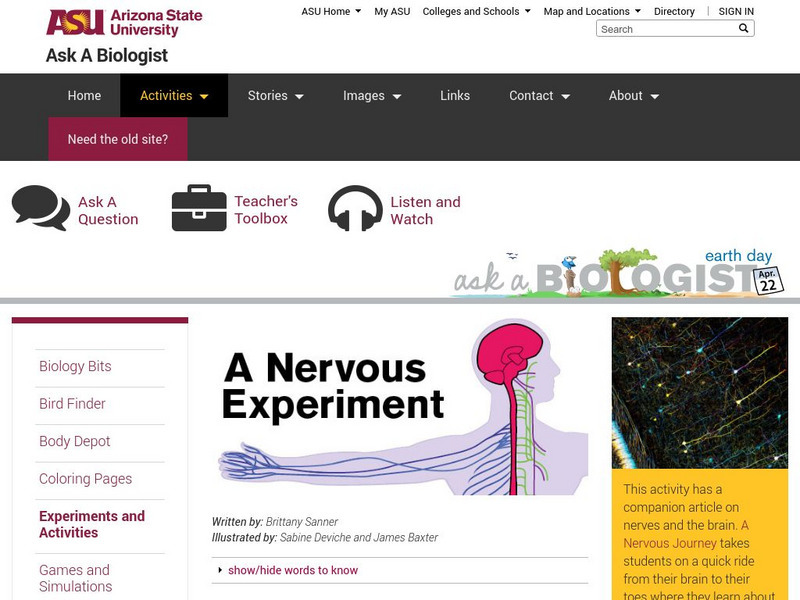
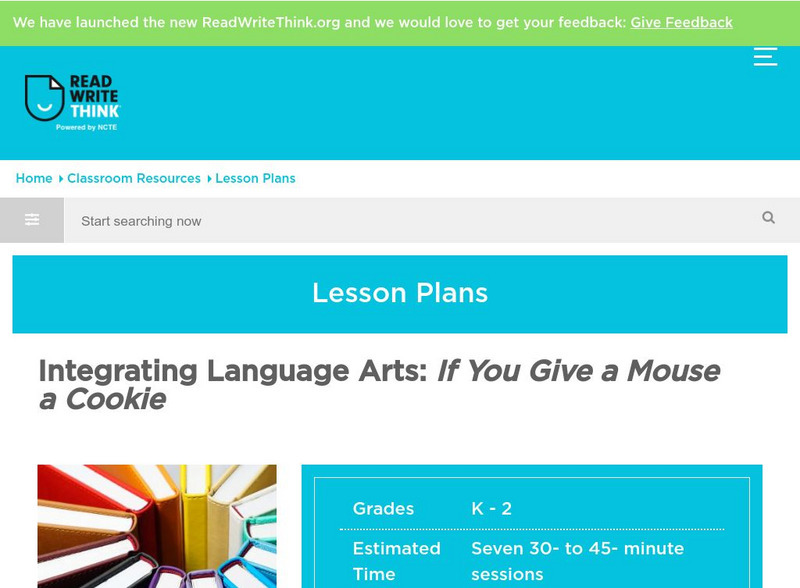



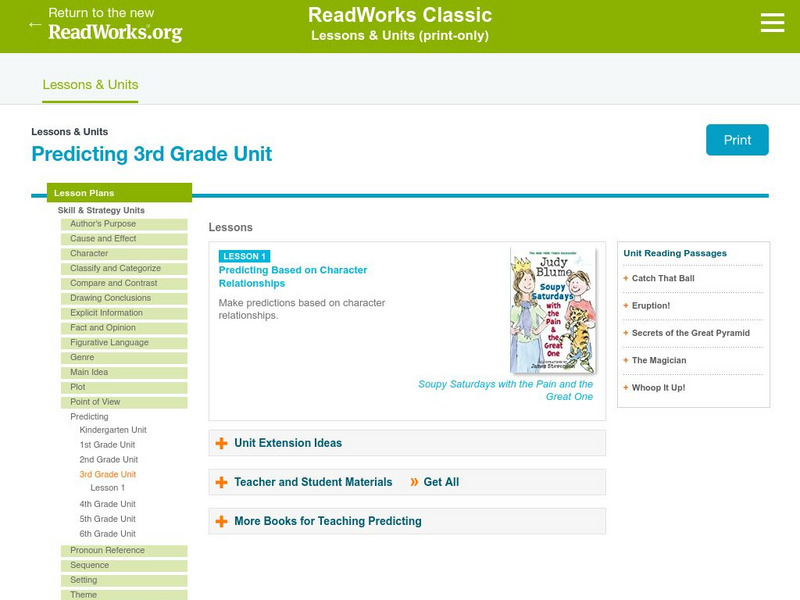
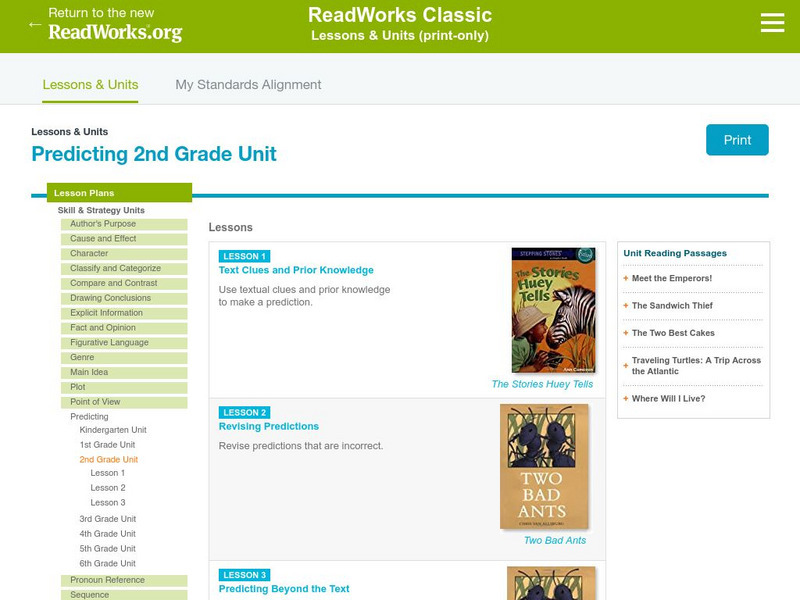
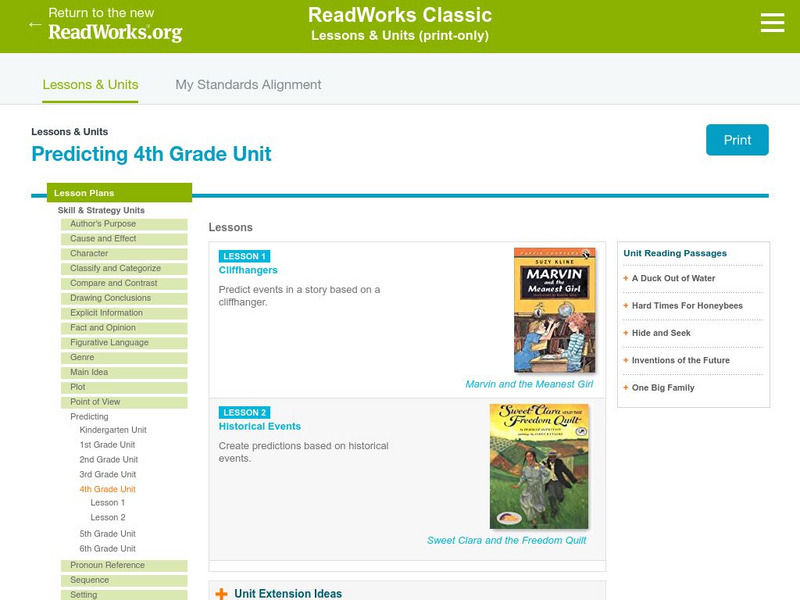

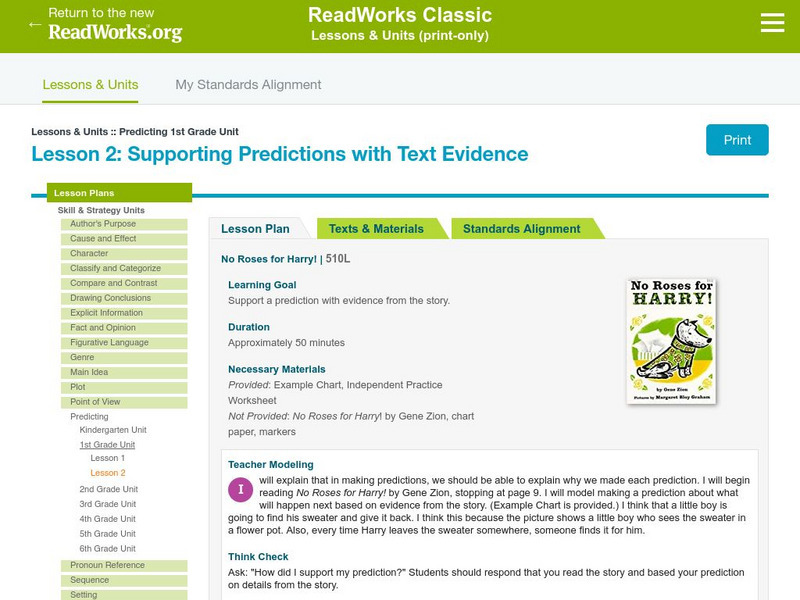


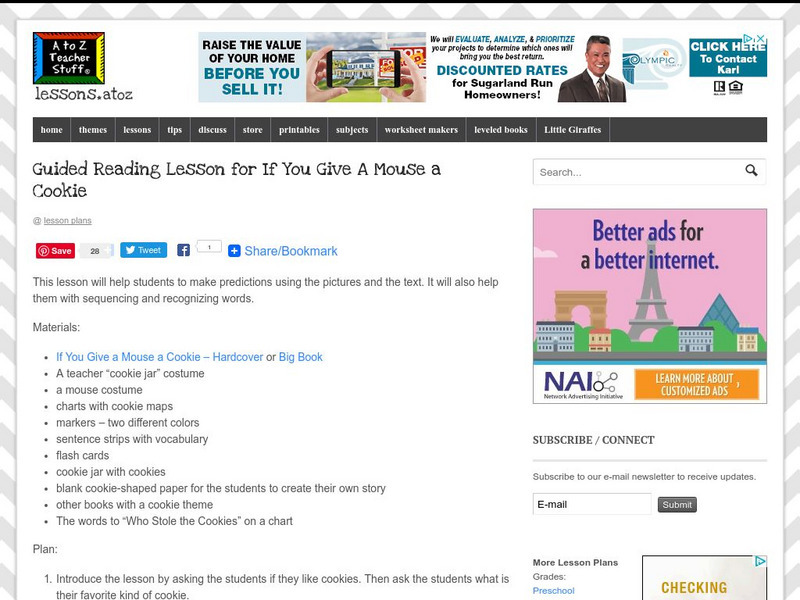

![Florida Center for Reading Research: Monitor for Understanding: Plenty of Predictions [Pdf] Lesson Plan Florida Center for Reading Research: Monitor for Understanding: Plenty of Predictions [Pdf] Lesson Plan](https://content.lessonplanet.com/knovation/original/509082-b4f40bd285bf0a811b718583207d0e0e.jpg?1661787000)
